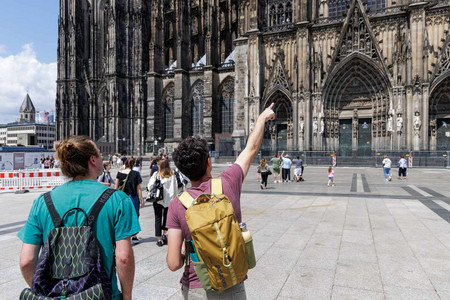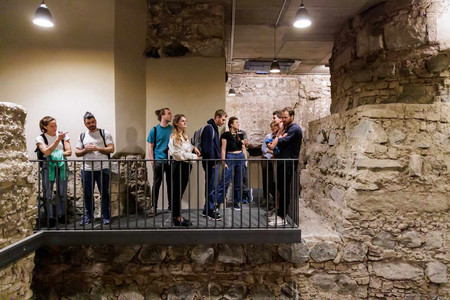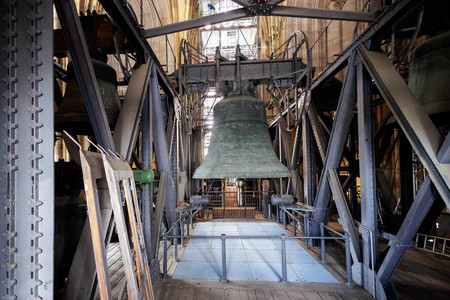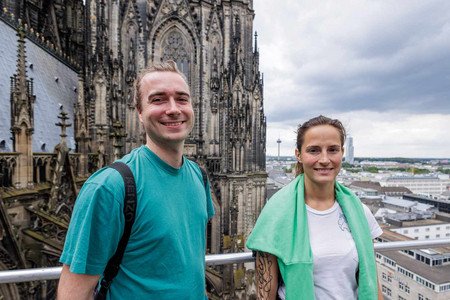Scholars and scientists from the University of Cologne research, explore and experience the city. They are interested the flora, fauna and last but not least the inhabitants of the city – past and present. In this section, they report on things that are interesting, quirky, typical or less familiar. Dr Martin Zeckra from the Earthquake Station in Bensberg talks about a special interaction between the cathedral and science.
The Earthquake Station in Bensberg has grown into a seismological network of over forty stations in its nearly seventy-year history. Its purpose is to monitor the seismic activity of the entire region encompassing the Lower Rhine Bay and the North Eifel. One major step was the establishment of a ‘strong earthquake network’ in the Bay of Cologne, which has also meant that Cologne Cathedral, the city’s landmark, has been constantly monitored since 2006. The sensors installed there not only detect local earthquakes, but also any human activity in the vicinity of the cathedral. This includes underground trains and train traffic at the main train station, but also the vibrations of St Peter’s bell on public holidays. After all, the bell is one of the largest free-swinging bells in the world and its movements can cause the entire cathedral to vibrate so that the two towers begin to sway back and forth.
In July, a field trip was organized for interested geophysics students to see the cathedral from a different perspective and get a glimpse behind the scenes. The field trip was the perfect opportunity for the students to put their theory into practice.
After a brief introduction to the history of the building and the history of seismic monitoring in Cologne Cathedral, the students visited various levels of the cathedral and the five seismic stations installed there. The lowest station is located in the cellar, in the archaeological excavation site. This sensor was already installed before this area was even made accessible to the public. Colleagues from the Cathedral Building Office (Dombauhütte) provided insights into other aspects of building history and earthquake-proof construction. The group then went up to the roof truss, where another sensor is located above the choir. After a brief tour of the cathedral’s bells, they visited the north tower, which houses further instruments at different heights (75 m, 100 m and 130 m).
The sensors in Cologne Cathedral not only fulfil scientific purposes. Seismic monitoring of the World Heritage Site also shows how the building reacts to vibrations and thus helps to preserve it in the long term. The result is a give and take: The cathedral provides us with important data, and in return we can help it to endure turbulent times safely and stably.
Photos: Ludolf Dahmen



